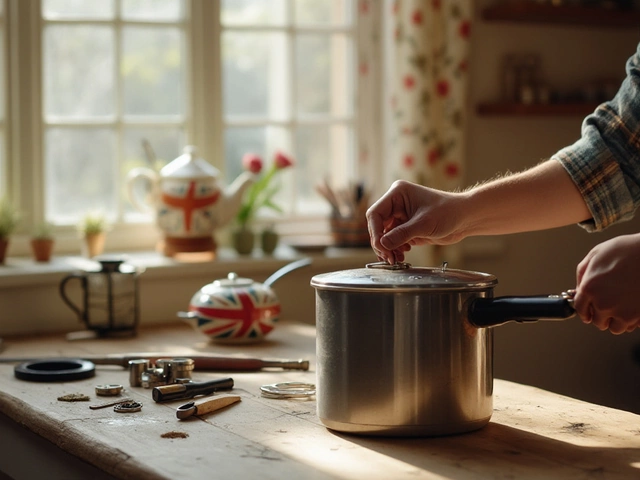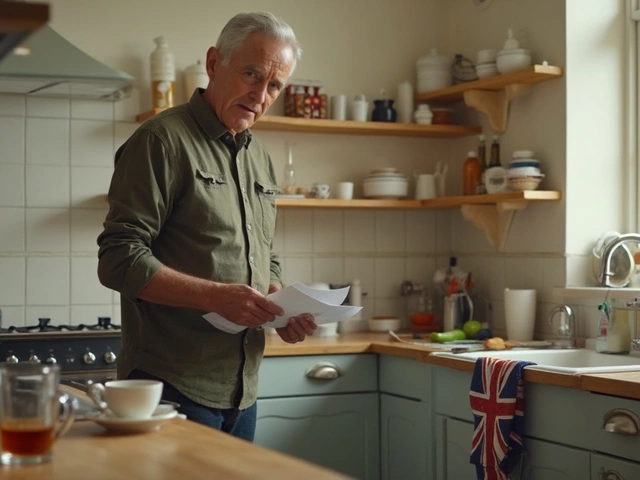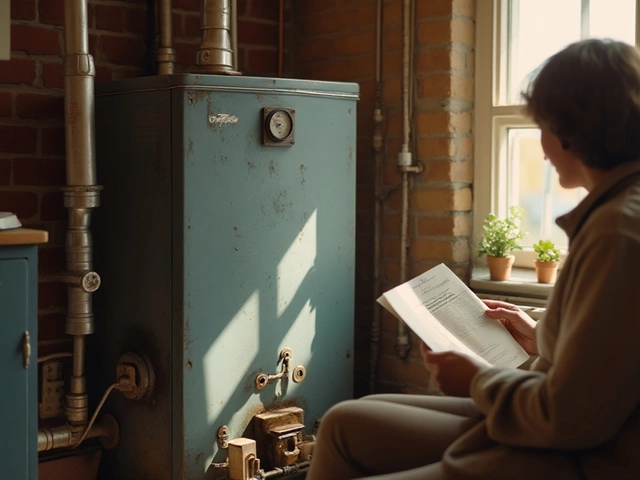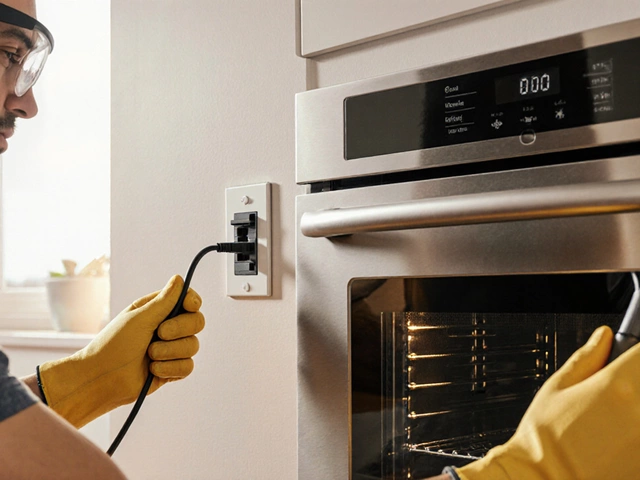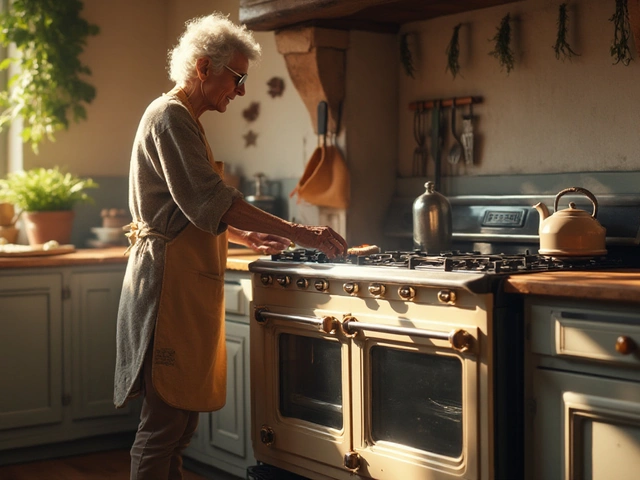Oven Replacement: How to Know It’s Time and What to Do Next
If your oven is acting up, the first question is: repair or replace? It’s easy to get stuck in a loop of “just one more fix,” but a few warning signs tell you it’s time for a fresh unit. Look for uneven heating, repeated breakdowns, or a price tag on repairs that rivals a new oven. In Rugby, the climate and the age of your appliance can push costs up fast, so knowing when to walk away saves money and stress.
Key Signs Your Oven Needs Replacing
1. Consistent temperature swings. If dishes come out overcooked one minute and undercooked the next, the thermostat is probably beyond repair. 2. Visible wear. Rusty interior panels, cracked doors, or a broken door seal let heat escape and raise energy bills. 3. Frequent call‑outs. Three or more service visits in a year usually mean the internal parts are worn out. 4. Old age. Most ovens last 10‑15 years. If yours is older, the technology is outdated and you’ll miss out on energy‑saving features.
Cost Comparison: Repair vs. Replace
Repair costs in Rugby average £80‑£150 for simple fixes like heating element swaps. Major component failures (control board, fan motor) can hit £300‑£500. A brand‑new oven, even a mid‑range model, starts around £400 and goes up to £1,200 for premium versions. When repair totals exceed 50‑60% of a new unit’s price, replacement makes more sense. Also factor in energy efficiency – modern ovens can cut electricity use by 15‑30%, paying for themselves over a few years.
Don’t forget installation fees. A qualified technician in Rugby will charge £70‑£120 for safe hooking up, especially if you need new wiring or a dedicated circuit. Trying a DIY install may save a few pounds but can void warranties or breach safety regulations.
At Rugby Appliance Repair Services, we give you a clear quote for both options. Our team can diagnose the problem onsite, outline repair costs, and suggest suitable replacement models that fit your kitchen layout and budget.
Ready to make the switch? Start by measuring the oven’s width, height, and depth. Most UK kitchens use a standard 60 cm width, but check the clearance for hinges and ventilation. When you shop, compare features like convection fans, self‑cleaning cycles, and smart controls. Reading a few user reviews can highlight reliability issues before you buy.
Finally, schedule a professional removal of the old unit. An experienced installer will disconnect gas or electricity safely, recycle the old oven, and fit the new one with proper sealing to avoid heat loss.
Whether you decide on a quick repair or a brand‑new oven, the goal is a kitchen that works without surprises. Keep an eye on the signs, weigh the costs, and reach out to a trusted local service. Your next bake deserves a reliable oven – and you deserve peace of mind.
